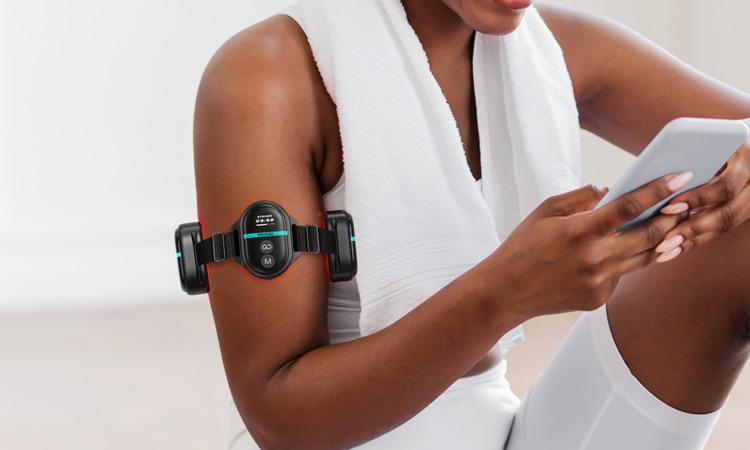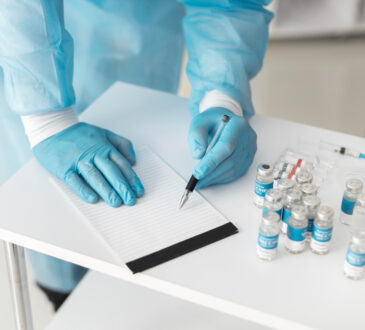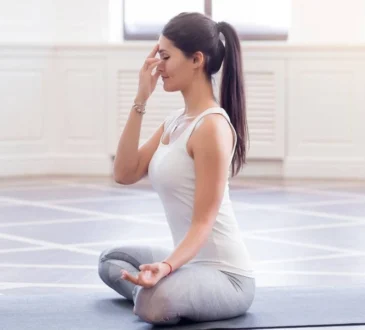
Light therapy has become more and more well-liked as a non-invasive treatment option for a range of medical issues in recent years, from skincare rejuvenation to seasonal affective disorder (SAD). However, worries regarding safety always surface, just as with any medical or health intervention. Is light therapy safe, especially in view of its extensive use and accessibility? Let’s investigate this query in further depth. So is light therapy safe? Here are some options for you.
Knowing What Is Light Therapy and How to Use It?
Exposure to certain light wavelengths is used in light treatment, often referred to as phototherapy, to cure a variety of ailments. The body responds differently to various wavelengths; these responses may range from affecting circadian cycles to promoting cellular regeneration and repair. Specialized light boxes, lamps, or other devices that produce certain light wavelengths—such as red light for skin rejuvenation or blue light for acne—can be used to give light therapy.
Safety Observations: Possible Dangers and Adverse Reactions
Although most individuals find light treatment safe when used as prescribed, it’s important to be aware of possible dangers and adverse effects. For instance, extended exposure to certain light types—ultraviolet (UV) light, which is used in some skincare treatments—can raise the risk of skin damage and skin cancer. Furthermore, those with certain medical issues—like illnesses affecting the eyes or skin that is photosensitive—might need to use care or stay away from some kinds of light treatment entirely.
UV Light Therapy: Weighing the Risks and Benefits
Because UV light treatment has some risk, it must be closely monitored when treating illnesses including vitiligo, eczema, and psoriasis. Although excessive or inappropriate exposure to UV radiation may result in sunburn, early aging, and a higher risk of skin cancer, it can also effectively reduce the irritation and itching associated with certain skin disorders. As a result, UV radiation treatment should always be used with the proper safety precautions in place and under the guidance of a medical practitioner.
Blue Light Therapy: Taking Care of Acne Issues
Because blue light therapy may specifically target the germs that cause breakouts, it has becoming more popular as an acne treatment. Although most people find blue light therapy to be safe and well-tolerated, a small number of people may have moderate side effects, such transient redness or dryness after treatment. Further investigation is also necessary on the possible hazards and long-term impacts of repeatedly using blue light as a therapy for acne.
Non-UV Light Therapy: A More Secure Substitute
Non-UV light treatment methods provide a safer choice for those who are worried about the possible hazards linked with UV light therapy. For instance, red light treatment uses red and near-infrared light wavelengths to provide pain relief, skin rejuvenation, and other therapeutic benefits without the negative effects of UV radiation. In general, non-UV light therapy is well tolerated and appropriate for a broad spectrum of patients looking for secure and efficient treatment alternatives.
Conclusion
In conclusion, when used properly, light therapy may be a safe and useful therapeutic choice for a variety of medical disorders. Still, when adding light therapy to a health program, it’s critical to take individual considerations like skin type, medical history, and treatment objectives into account.




